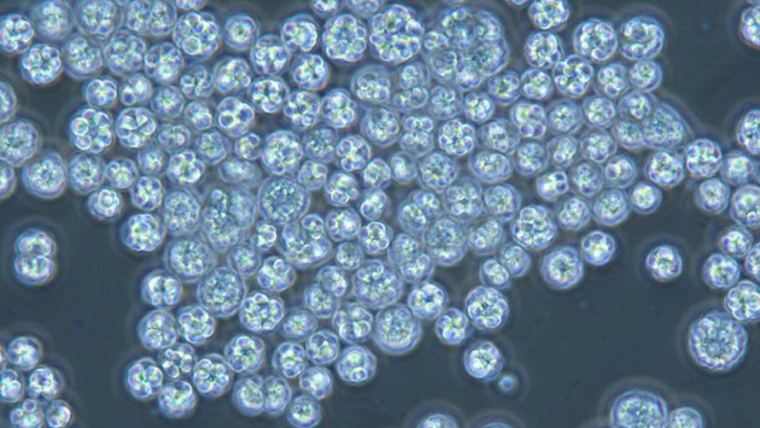From People to Pets: Addressing the Problem of Insulin Resistance/Diabetes with Algae

According to the American Diabetes Association, 90-95% of Americans diagnosed with diabetes have Type 2 Diabetes, and an adult diagnosed with diabetes dies an average of six years earlier than a counterpart without diabetes.
Type 2 Diabetes is a chronic condition that affects the way the body metabolizes glucose, resulting in insulin resistance. Insulin resistance (IR) is a syndrome that affects other mammalian species, including dogs, cats and horses. When a healthy animal eats, food is broken down, sugars are absorbed in the intestine and blood glucose levels increase. As a result, a hormone called insulin is produced by the pancreas, which tells muscle, liver and fat to increase the uptake of glucose so it can be stored for future use. When an animal or human becomes insulin resistant, this doesn’t happen. As a result, the body keeps producing insulin, hoping that it will help and glucose will be stored, but instead both blood insulin and glucose levels stay high. While exact causes are unknown, often the onset of IR is preceded by weight gain and obesity. High sugar or starch diets can cause lower insulin sensitivity even in non-obese animals. In some cases, it’s believed that high starch diets can make animals more prone to IR because they did not evolve to eat those diets such as cats who are true carnivores. In the case of horses, overfeeding can trigger weight gain and increased adiposity, which can lead to IR.
While it may not seem like a big deal at first, elevated blood insulin and glucose levels can cause long term health problems. For instance, the hyperinsulinemia (elevated blood insulin levels) in horses can induce laminitis, which causes inflammation in the hoof wall lining and lameness. In companion animals and people, unmanaged insulin resistance can cause kidney damage and loss of vision.
Treatment of IR is often through diet and health management, which sounds simple but can be a challenge to those affected. Management includes having the discipline to monitor carbohydrate consumption and exercise on a regular basis. However, human error such as underestimating intake or overestimating exercise intensity can lead to poor disease management and chronic problems.
One area that shows promise for improving insulin resistance is the inclusion of microalgae meal in the diet. Microalgae meal is a heterotrophic strain of algae containing high levels of the omega-3 fatty acid, Docosahexaenoic acid (DHA), produced by the global animal nutrition leader, Alltech Inc. In a trial conducted at the Alltech Research Farm, insulin resistant horses were fed a diet supplemented with microalgae meal and their blood insulin and glucose responses were measured. Researchers found that both insulin and blood glucose levels were reduced compared to horses that did not get microalgae. This means that microalgae, or a component of the microalgae like DHA, caused the horses’ bodies to become more insulin sensitive without changing their diet (beyond microalgae meal inclusion) or increasing exercise.
For people who struggle to manage IR in their pets, this is great news. While diet and exercise management is still essential, this research shows another way people can improve the health and well-being of their animals that have become insulin resistant and prevent the devastating conditions that can result from not properly controlling insulin and glucose levels in IR animals. To help fight IR, microalgae meal must be added to your pet’s diet on a daily basis. If this simple addition to your pet’s daily diet can help prevent IR and all of its devastating complications like blindness, lameness or kidney failure, why wouldn’t you feed it?















